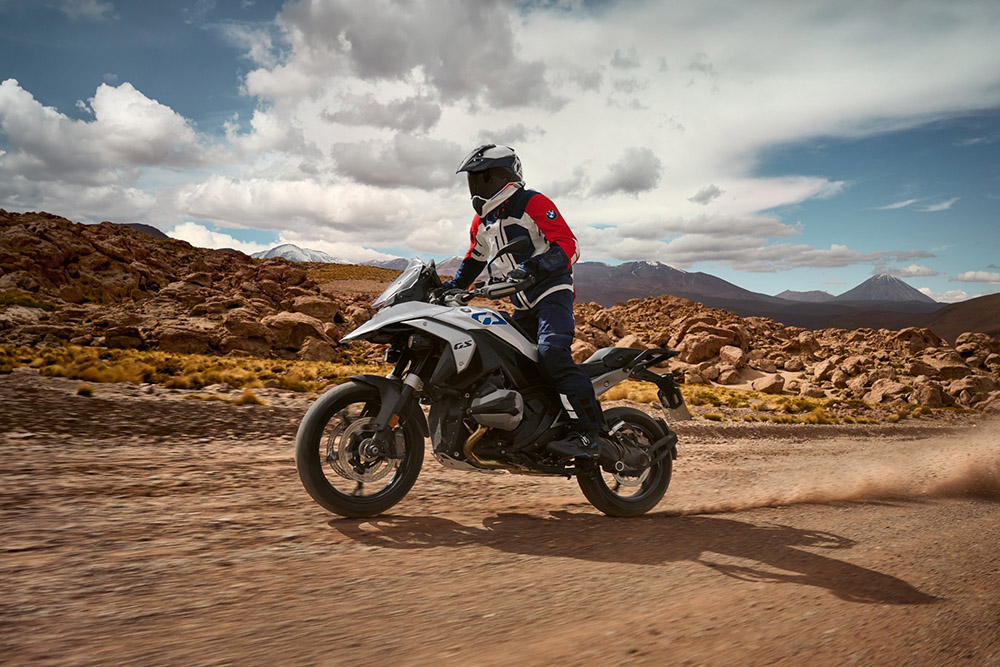If there is one bike guaranteed to cause a huge debate in 2024 it is the all-new BMW R 1300 GS. Why? BMW have taken the best-selling, and adventure class benchmark by quite a long way, GS and completely redesigned it. Yep, this is no simple facelift to the hugely popular R1250 GS. It is a ground-up new bike which shares virtually no components with the machine it replaces. And considering that very machine is a worldwide best-seller and crucial to BMW’s reputation, this radical transformation of the GS represents quite a risk to BMW. Is it is a gamble that has paid off? Read on to find out...
What’s new?
The simple answer is to say everything is new but let’s take it step by step. Starting with the motor, while the flat twin boxer format remains the same, and it still has the ShiftCam variable valve timing system, the all-new liquid-cooled motor is not only larger in capacity it is also more powerful and has a totally redesigned gearbox. Now 1300cc, it makes 9bhp and 6Nm more than the R 1250 engine (making it the most powerful boxer to date) and features a gearbox located below the engine rather than behind it as on the older boxer. An impressive 6.5kg lighter, the new transmission is also shorter and has redesigned gears for a smoother action.
On to the chassis and the GS’s steel frame is now made from sheet metal with a die-cast subframe, where the old bike had a tubular steel unit. More compact, it also features a completely redesigned Evo Telelever front and Evo Paralever rear as well as the option of new Dynamic Suspension Adjustment (DSA), which is an upgrade from the Dynamic ESA New Generation on the 1250. Unlike D-ESA, as well as semi-active damping, DSA allows the front shock’s preload to be automatically adjusted as well as the rear’s, meaning BMW have been able to add a ‘lowering’ function as an optional extra called Adaptive Vehicle Height. If fitted, it drops the whole bike down by 30mm on its suspension at a standstill, making it more accessible to shorter riders. There is also a function where it raises the bike, making it easier to get on its centre stand!
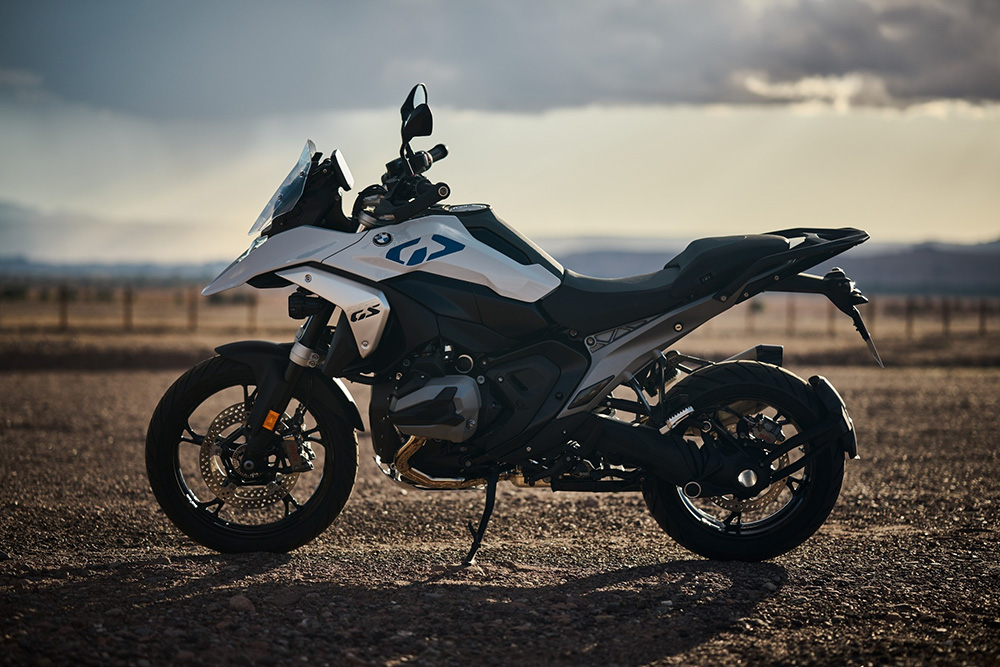
The R 1250 GS was already loaded with tech, so it’s more a case of refinement than upgrades with the 1300. Angle-responsive ABS and traction control are standard fitment and you get four rider modes, cruise control, hill start, tyre pressure monitors, heated grips, keyless ride and a TFT dash with connectivity. DSA, central locking for the panniers, extra power modes, an electronically adjustable screen, Adaptive Vehicle Height, heated seats and Headlight Pro are optional extras and now, for the first time, so is Adaptive Cruise Control (ACC), which also has Collision Warning and Lane Change Warning. Naturally, that’s just the start of the list of optional extras and you can also spec spoked wheels, luggage, crash protection, sports suspension and much, much more. To make it easier for buyers, BMW sell a few dedicated ‘packages’ that combine accessories or you can just spend £18,495 and get the GS TE (which most will...), which has the Dynamic Package (£1610), Touring Package (£710) and Headlight Pro (£460) as standard over the base bike. Phew...
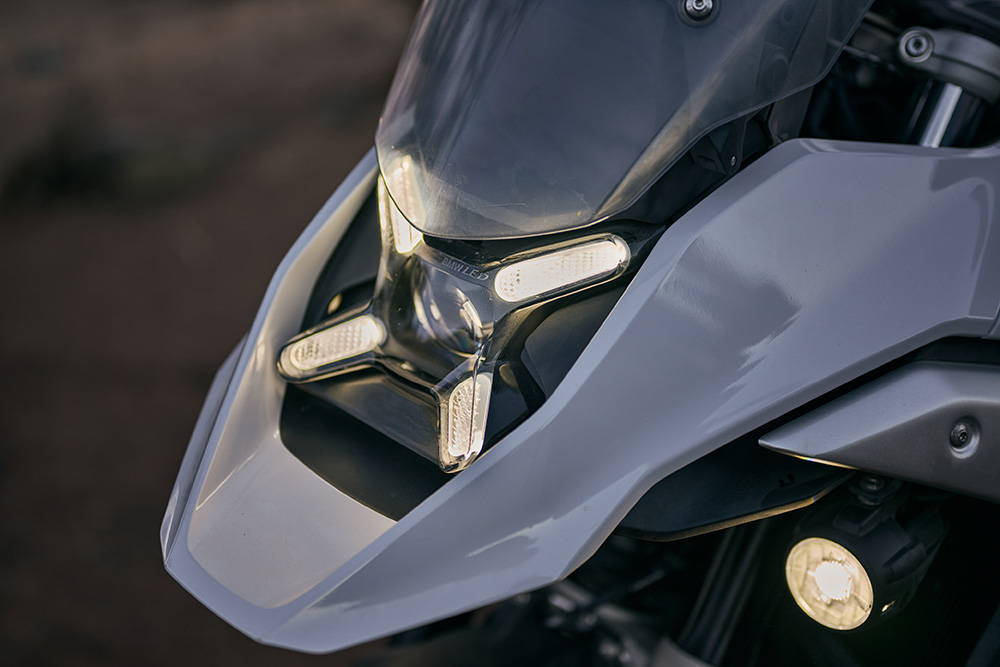
Does it all work?
Riding a TE model, which is the most popular GS variant for UK buyers, our test bike came fully loaded with all the technology. The first thing you spot is the size difference between the old and new GS models. The R1300 GS feels considerably narrower and less bulky than the outgoing model and while it still retains that lovely physical presence you get with a GS, it is definitely less imposing both in terms of its weight and also manoeuvrability at low speed. The riding position is more ‘in’ than ‘on top of’ with the R 1300 and, while just as comfortable, means you tend to feel more protected from the elements on the new bike. And speaking of comfort, if you spec-up and pick the electronically-adjustable screen (£280 extra) it is an absolute delight to be able to tweak its height while on the go via the switchgear, without reaching for that hard to get at manual adjuster on the R 1250! As a straight line cruiser, the R 1300 GS is just as adept, possibly even more so, than the R 1250 GS and the new adaptive cruise control system makes dual carriageway riding a lot easier. But it has to be noted, the GS’s tank has shrunk by 1 litre to 19 litres, although it is still good for around 200 miles while recording in the region of 48mpg so it’s not a massive drama. Overall, it’s still a great mile-muncher but it is when you hit the twisty roads that the new GS will surprise you...
The R1250 GS has always been a remarkably brisk bike that feels built for the UK’s bumpy roads but the new model takes this base and turns it up to 11. The new boxer engine is extremely rapid, way faster when it comes to picking up revs and speed than the old engine and it has to be said, this can make it feel a touch intimidating to ride.
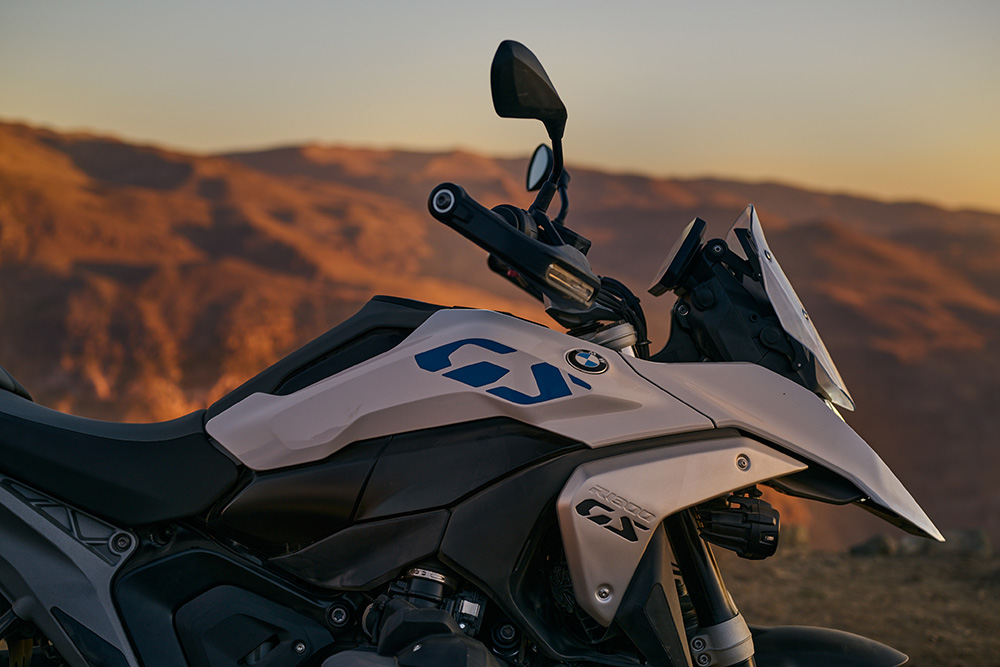
Despite being more refined in terms of the gear change action and vibes (which is actually a bit of a shame as the R 1250’s buzz and raw exhaust note gives it loads of character) at low revs you don’t really spot how rapid the R 1300 is. It still has an easy-going nature and merrily pulls top gear from as low at 3000rpm – but take it above 6000rpm and you had better be concentrating! The R 1300 may only have a few bhp over the model it replaces but it feels like a much sportier engine and leaves the old bike for dead in acceleration comparison tests. Thankfully, BMW have also updated the GS’s chassis to allow you to deal with this extra performance.
The all-new chassis and heavily upgraded suspension system really are excellent. With a lovely positive feeling from its front end, the new GS is much more agile than the older bike and turns briskly into bends yet still holds its line with precision. The trade-off for this agility is a slightly loose feeling that the heavier R 1250 GS doesn’t have when you are really going for it, but if you want a sporty bike that’s to be expected. The DSA is excellent at dealing with bumps and undulations and swapping between its modes makes a huge difference to how it responds. And Adaptive Vehicle Height is certainly a welcome addition, even if you aren’t that short. If nothing else, it makes it much easier for pillions to get on, and the way it raises up to assist with levering the bike onto its centre stand is also a pretty cool carpark trick...
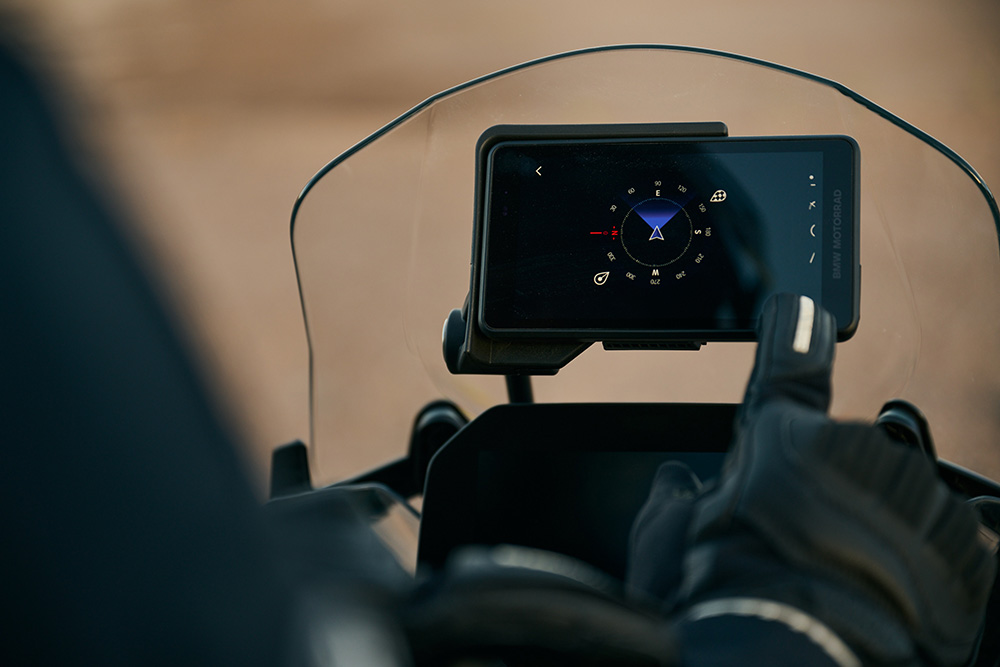
Conclusion
The R1300 GS is certain to cause fierce debate because while still very much a GS at heart, it is also quite a departure from the easy-going and rugged nature of the outgoing R 1250 GS. Blisteringly fast, extremely good handling and loaded with excellent tech, the R 1300 GS is definitely an advancement in terms of performance and handling when compared to the older bike but, by the same token, it does lack a bit of that lovely utilitarian feel you get with the physically bigger R1250 GS. So yes, it is a better bike dynamically and technologically but the R1250 GS has a certain old-school charm that the more serious-feeling and modern R 1300 GS lacks. If you are a GS fan and crave a bit more performance, the new bike will blow your socks off, however the R 1250 GS is still so good, if you currently own one and love its more relaxed nature you may find yourself wondering if you need to upgrade. If this is the case, you may want to look at snapping up one of the last R 1250 GS Adventure models (which are currently discounted by £1000 by BMW) as it is almost certain to be replaced by an R1300 GS Adventure in the not too distant future...
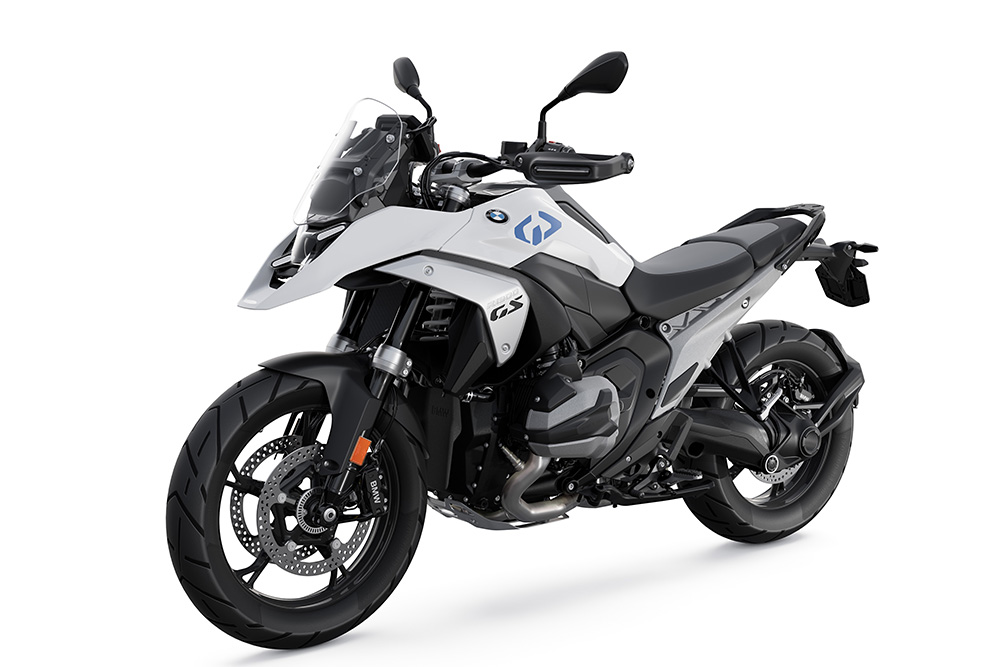
BMW R1300 GS specification
Price: From £15,990
Engine: 1300cc, liquid-cooled, DOHC ShiftCam, eight-valve, boxer twin
Power: 142.8bhp @ 7750rpm
Torque: 149Nm @ 6500rpm
Suspension: BMW Evo Telelever monoshock, BMW Evo Paralever monoshock. Optional DSA.
Wheels: Aluminium cast wheels (optional spoke wheels). 19” front, 17” rear.
Tyres: Front 120/70 R19. Rear 170/60 R17
Weight: 237kg (wet)
Seat height: 850mm
Fuel tank: 19 litres
Contact: www.bmw-motorrad.co.uk


